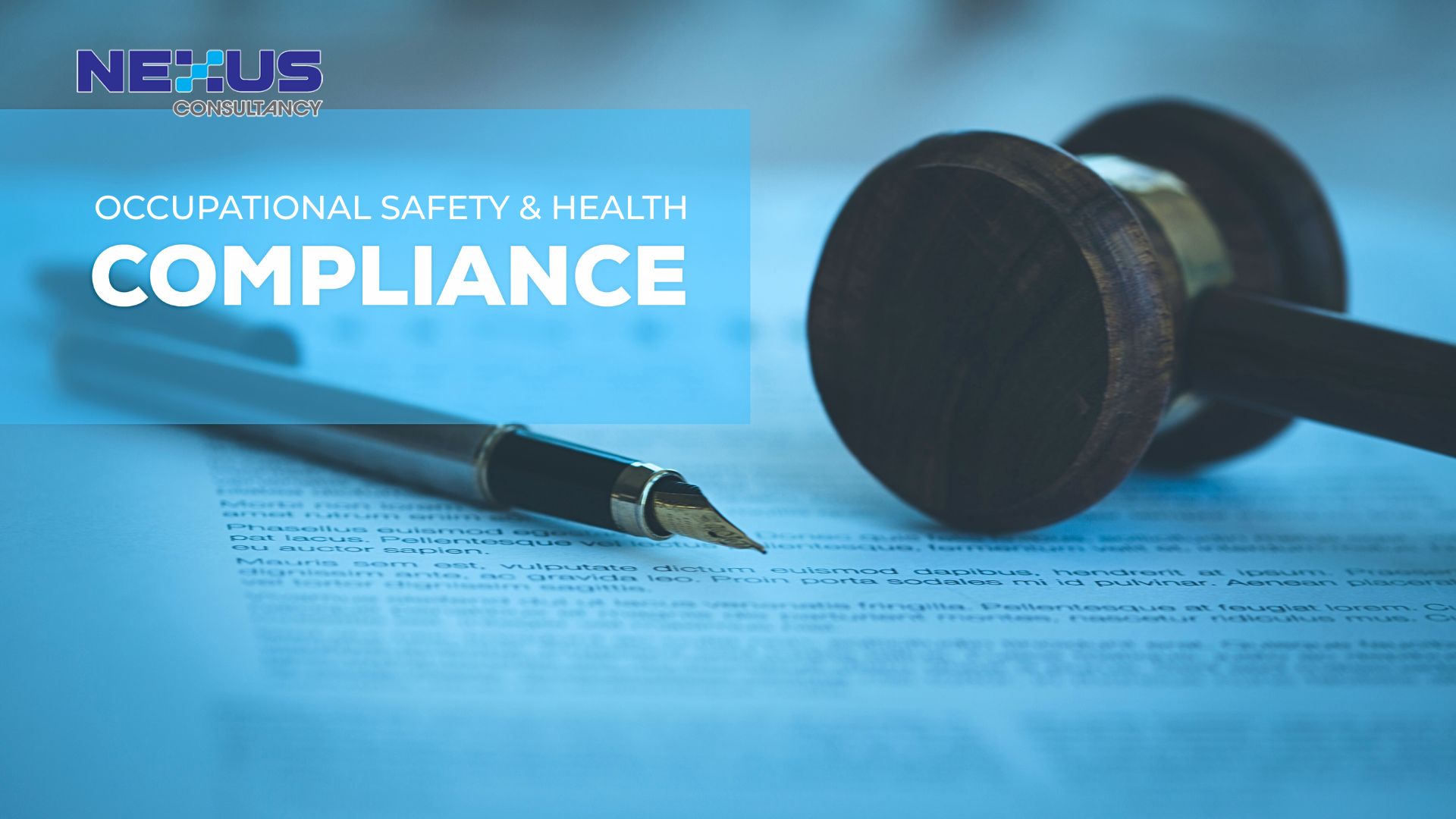
Danielle Tan
Chief Operating Officer
The ISO 14064-1 standard provides guidelines for organizations to quantify, monitor, and report greenhouse gas emissions and removals. This aims to explain the purpose and scope of ISO 14064-1, helping readers understand its importance in greenhouse gas reporting and environmental management.

Small and Medium-sized Enterprises (SMEs) play a vital role in the business landscape, and as environmental, social, and governance (ESG) considerations become increasingly integral, SMEs are seeking effective ways to align their strategies with sustainability goals. Leveraging Environmental, Health, and Safety (EHS) practices is a strategic approach for SMEs to navigate the complex terrain of ESG. In this article, we address frequently asked questions (FAQ) about how SMEs can use EHS to achieve their ESG objectives.
Q1: What is the significance of EHS in the context of ESG for SMEs?
EHS practices form the cornerstone of ESG for SMEs. They address environmental impact, workplace safety, and ethical governance, contributing directly to the ‘E,’ ‘S,’ and ‘G’ aspects of ESG. EHS provides a structured framework for SMEs to enhance sustainability, social responsibility, and transparent governance.
Q2: How can SMEs integrate EHS practices into their ESG strategy?
SMEs can integrate EHS into their ESG strategy through the following steps:
-
- Assessment: Conduct a comprehensive evaluation of current EHS practices.
- Goal Setting: Define clear and measurable EHS objectives aligned with ESG values.
- Integration: Embed EHS objectives into the broader ESG framework, ensuring alignment with social and governance goals.

Q3: What benefits can SMEs expect from leveraging EHS for ESG?
SMEs can reap several benefits, including improved environmental performance, enhanced workplace safety, regulatory compliance, transparent governance, and increased stakeholder trust. EHS practices contribute to long-term sustainability and responsible business operations.
Q4: How can SMEs overcome resource constraints in implementing EHS for ESG?
SMEs can adopt a phased approach and prioritize key EHS initiatives based on their impact. Leveraging technology for data management, seeking government incentives, and collaborating with industry peers for shared resources are effective strategies.
Q5: What role does stakeholder engagement play in EHS-led ESG for SMEs?
Engaging stakeholders is crucial for SMEs to build trust and gather valuable insights. Actively involve employees, customers, and local communities in decision-making processes related to EHS. Communication and transparency enhance credibility.
Q6: How can SMEs effectively report on their EHS and ESG performance?
SMEs can leverage reporting frameworks such as the Global Reporting Initiative (GRI) or Sustainability Accounting Standards Board (SASB). Implementing robust data collection processes, using standardized metrics, and disclosing information regularly contribute to transparent reporting.
Q7: Can EHS practices contribute to cost savings for SMEs?
Yes, implementing EHS practices can lead to cost savings for SMEs. By optimizing processes, reducing waste, and enhancing resource efficiency, SMEs can realize operational efficiencies that positively impact their bottom line.
Q8: How can SMEs foster a culture of responsibility and sustainability?
SMEs can foster a culture of responsibility through:
- Training Programs: Educate employees on the importance of EHS and ESG.
- Leadership Example: Demonstrate commitment to sustainability from the top.
- Employee Engagement: Encourage involvement in EHS initiatives to create a sense of ownership.
Q9: Are there success stories of SMEs achieving ESG goals through EHS?
Yes, numerous SMEs have successfully integrated EHS into their ESG strategy. Case studies highlight how EHS practices have contributed to improved environmental impact, enhanced employee well-being, and responsible governance.
Q10: What are the first steps SMEs should take in leveraging EHS for ESG?
SMEs should begin by conducting an EHS assessment, setting clear objectives, and integrating EHS into their broader ESG framework. Engaging stakeholders early on and investing in employee education are critical first steps for success.

Conclusion
In conclusion, for SMEs aspiring to align with ESG goals, leveraging EHS practices is a pragmatic and impactful approach. By addressing common questions and adopting a strategic mindset, SMEs can pave the way for sustainable and responsible business practices that contribute to long-term success.
Curious to learn more about ESG and how to begin? Get in touch with us now for more information.






